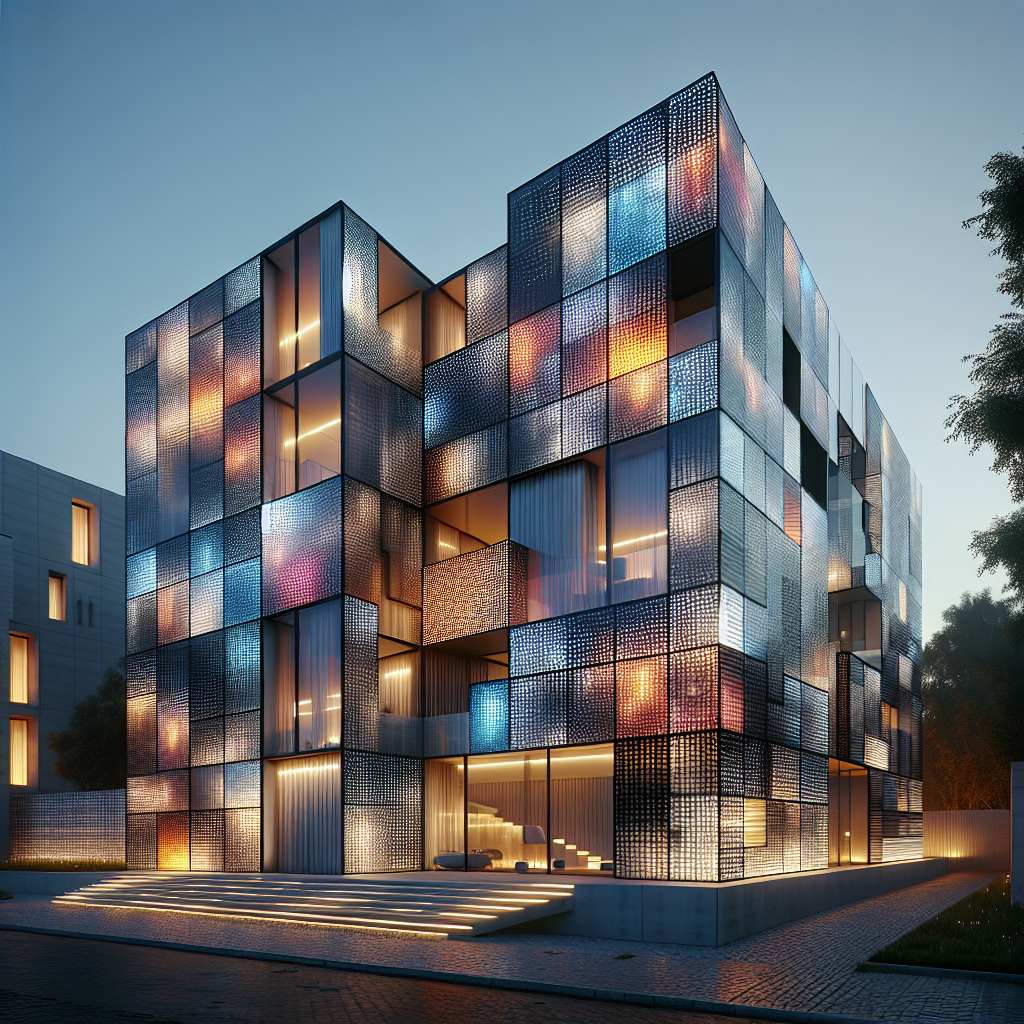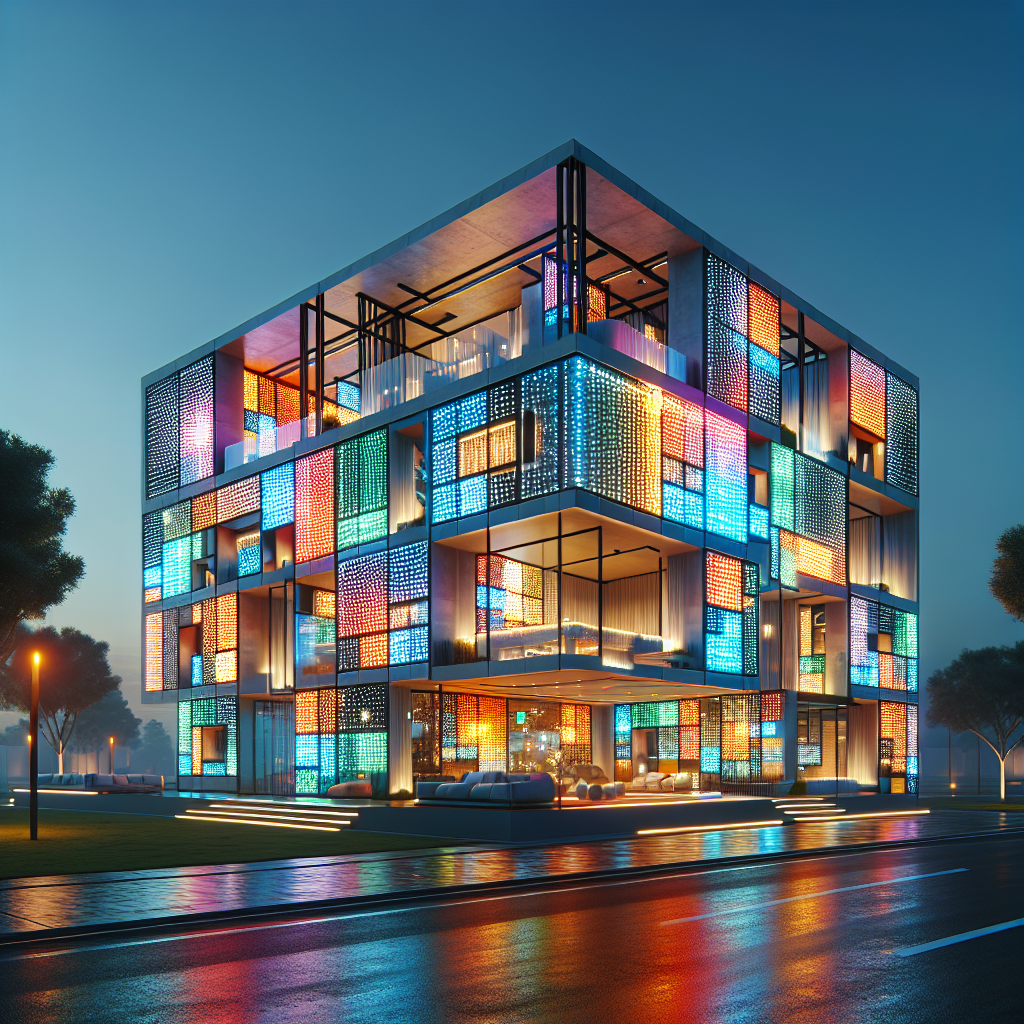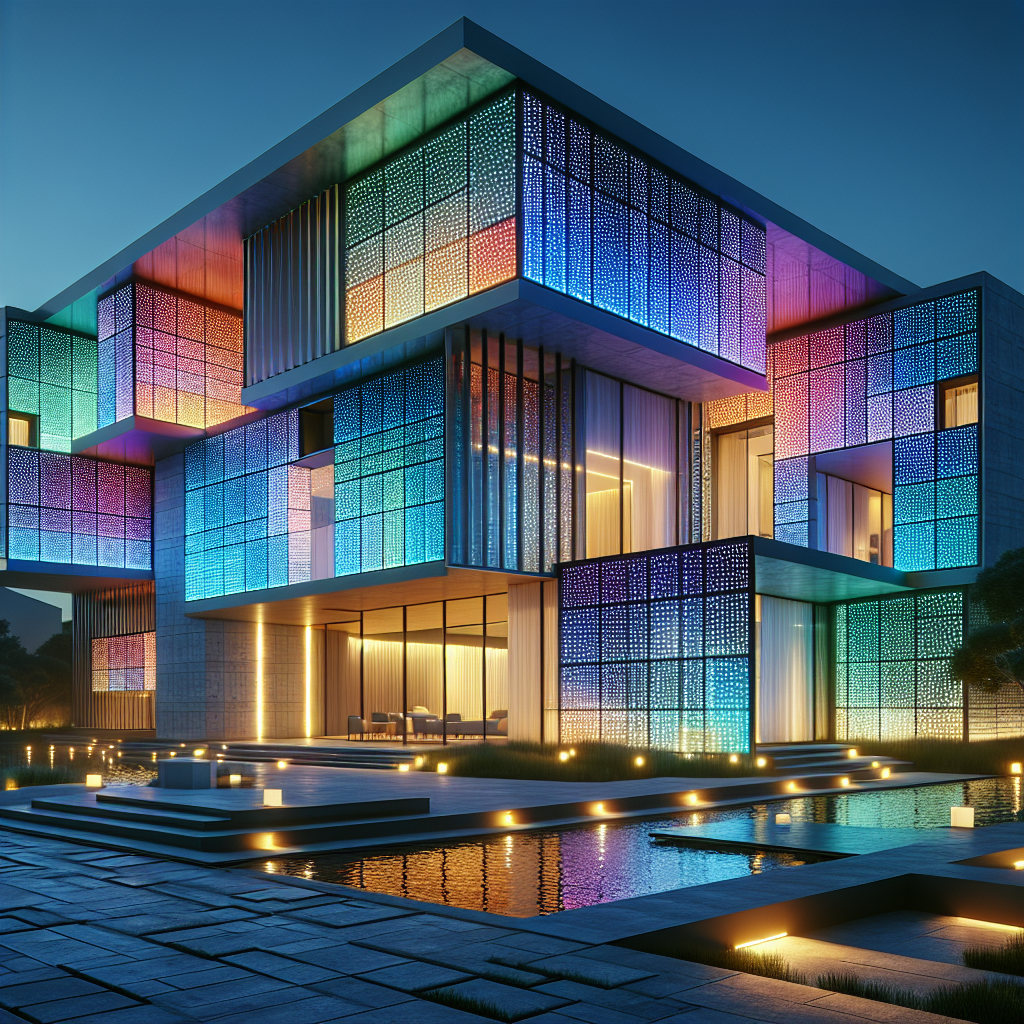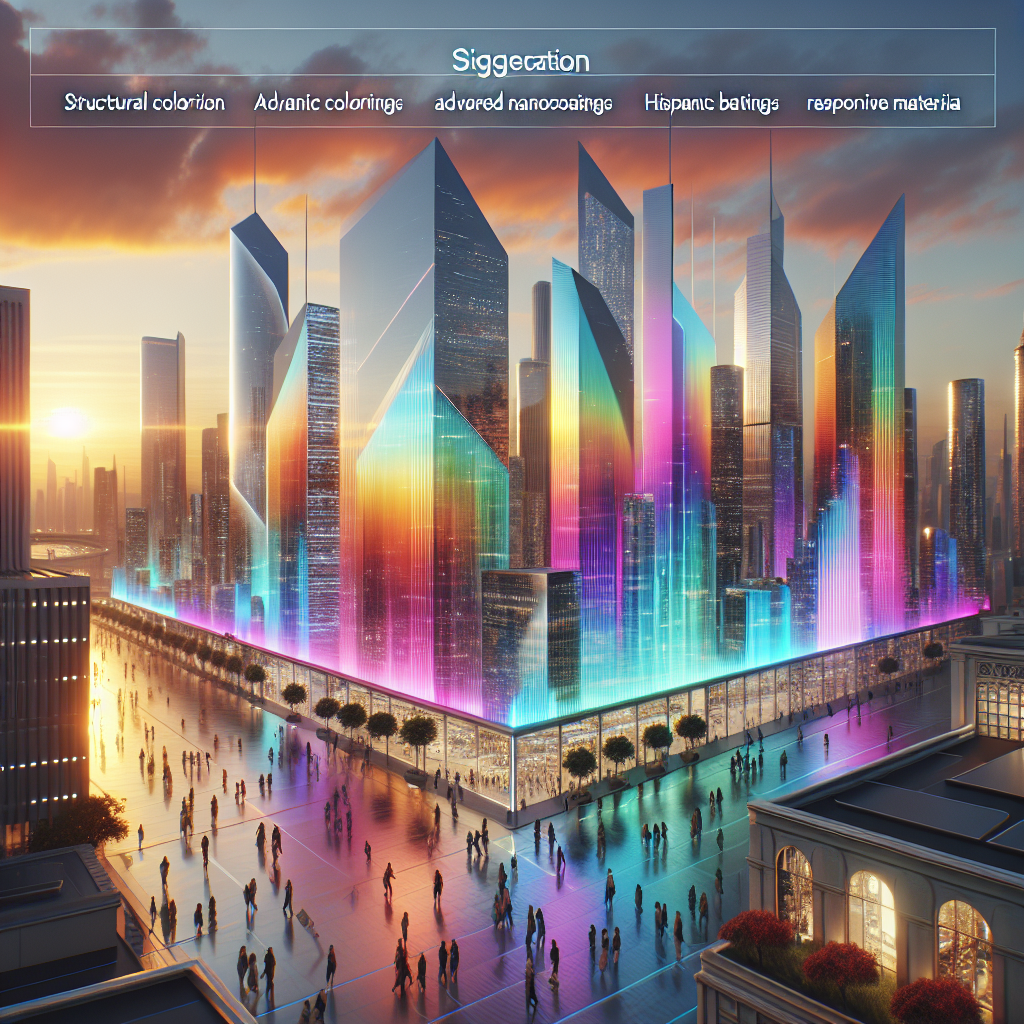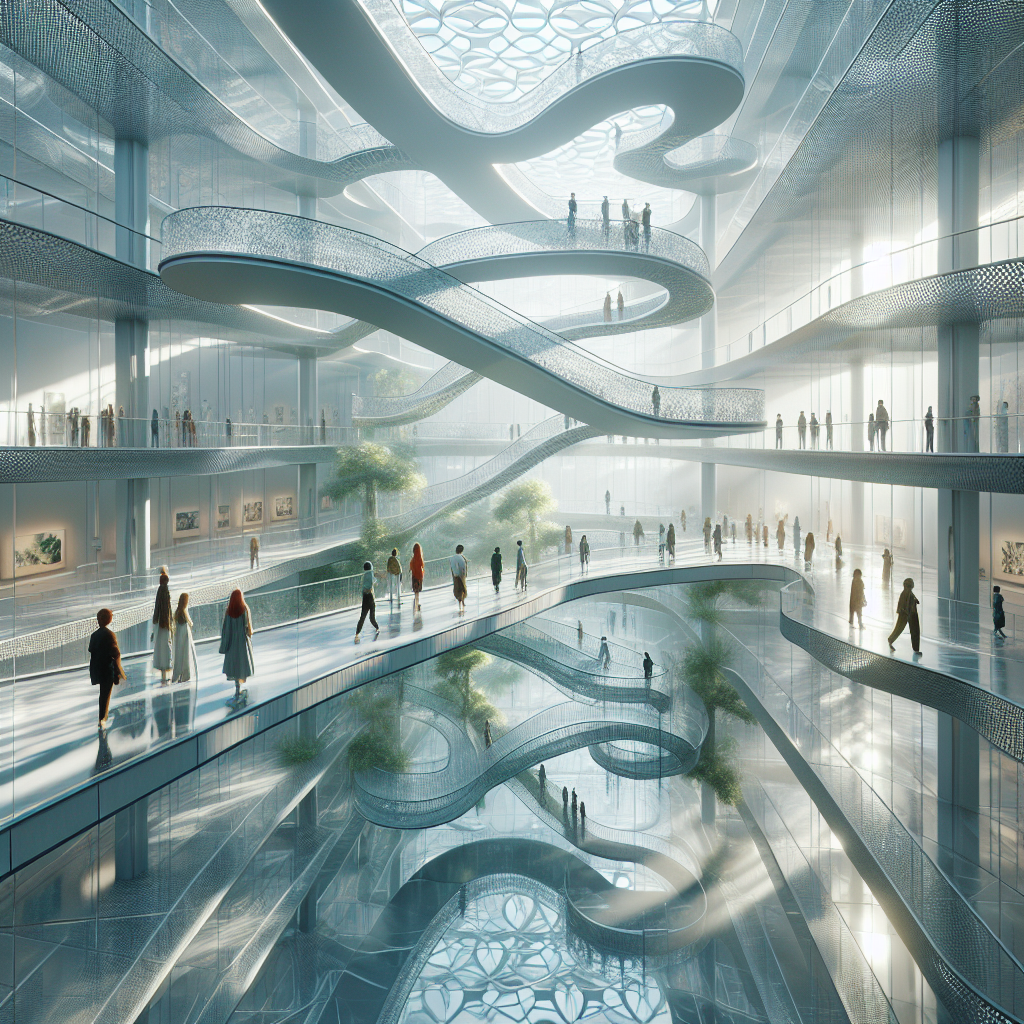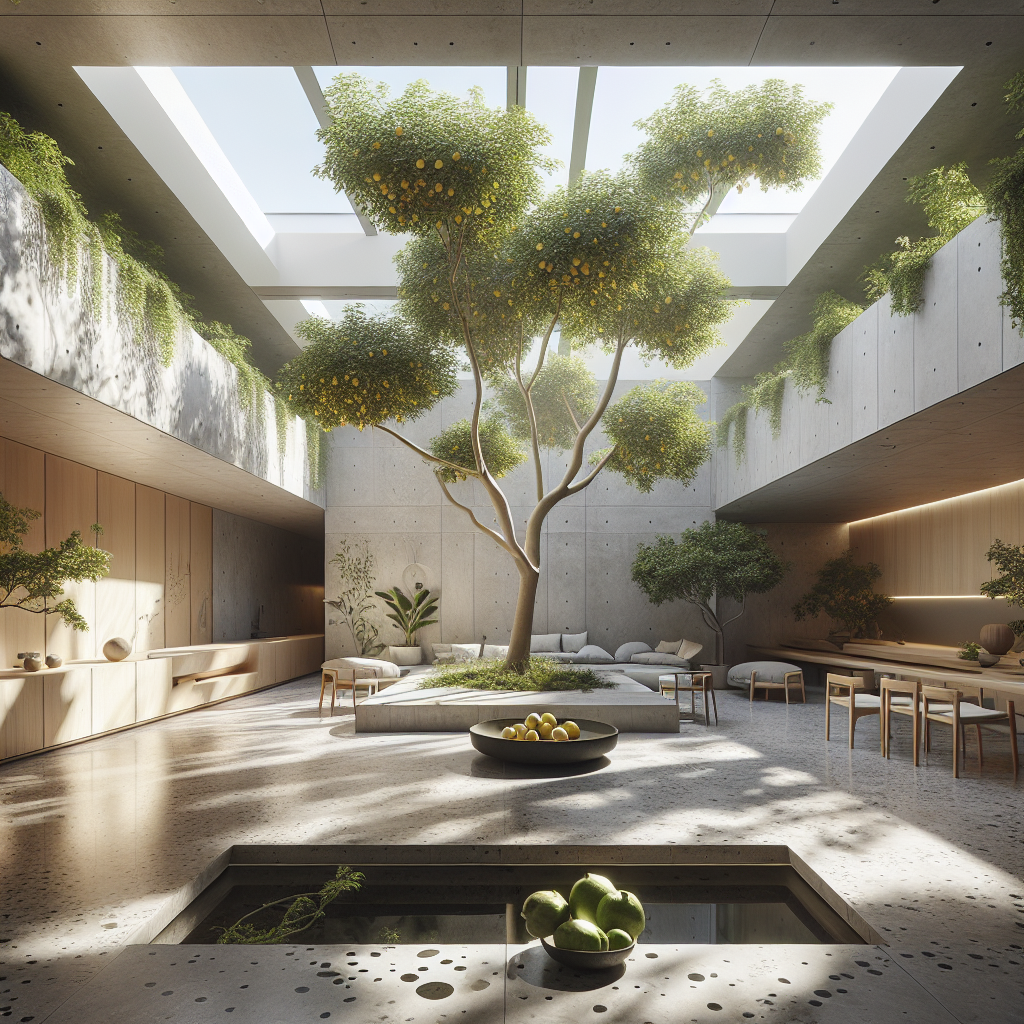The pixel house: facade mapped with LED squares for daily transformations
The Pixel House: A Façade Mapped with LED Squares for Daily Transformations
In an era where architecture increasingly blurs the boundaries between the physical and the digital, the Pixel House stands as a beacon of technological artistry. This architectural marvel redefines the concept of a static façade, transforming it into a living, breathing canvas of light. Its exterior, composed of thousands of programmable LED squares, evolves daily—reacting to weather, time, and human interaction. The result is a home that doesn’t merely exist in its environment but converses with it, embodying the spirit of responsive architecture and the future of dynamic design.
From Static Walls to Living Skins
For centuries, façades have been the face of architecture—symbolic, expressive, yet fundamentally static. The Pixel House disrupts this paradigm. Its surface is a meticulously engineered grid of LED modules, each acting as a pixel in a vast architectural display. These pixels are capable of rendering infinite patterns, gradients, and animations, allowing the building to transform its appearance with the rhythm of the day.
This approach aligns with the growing movement of responsive architecture, where buildings adapt to their surroundings through kinetic or digital means. The Pixel House, however, takes this concept further—merging architectural integrity with digital storytelling. Its façade is not just reactive but expressive, capable of reflecting the mood of its inhabitants or the pulse of the city around it.
The Technology Behind the Transformation
At the heart of the Pixel House lies a sophisticated network of micro-LED panels integrated into a lightweight aluminum substructure. Each panel is individually addressable, controlled through a central system that uses real-time data inputs—from ambient light sensors to temperature readings—to generate dynamic visual patterns. The system employs an algorithmic design approach reminiscent of parametric design, where computational logic drives aesthetic outcomes.
Architects and engineers collaborated with digital artists to develop a visual language that shifts seamlessly from subtle monochrome gradients at dawn to vibrant chromatic displays at night. The result is a façade that can emulate natural phenomena—rippling water, drifting clouds, or even abstract art compositions inspired by the works of pioneers like Piet Mondrian and Wassily Kandinsky.
Beyond aesthetics, the LED system is designed for sustainability. Each module consumes minimal energy, powered by a rooftop array of photovoltaic panels. The façade’s surface also functions as a passive shading system, adjusting brightness to reduce solar gain and improve interior comfort—an elegant synthesis of art, technology, and environmental performance.
Designing for Emotion and Interaction
Unlike traditional façades that communicate through form and material, the Pixel House engages through light and emotion. Its daily transformations are not random but curated experiences. The homeowners can select themes—calm, festive, meditative—via a mobile interface, effectively programming the building’s mood. This interactivity turns architecture into a form of personal expression, much like choosing music or art for one’s living space.
In public-facing installations, similar LED façades have been used to display community data or environmental metrics. The Pixel House personalizes this concept, creating a private yet expressive dialogue between inhabitants and their home. It reflects a broader cultural shift toward smart home technology that transcends utility to become a medium of identity and creativity.
Materiality in the Digital Age
While the Pixel House dazzles with its digital surface, its underlying material palette remains grounded in tactile authenticity. The LED modules are embedded within matte ceramic tiles, their subtle texture ensuring that the façade retains visual depth even when unlit. This interplay between digital luminosity and material honesty evokes the spirit of the Bauhaus movement, where technology and craftsmanship coexisted harmoniously.
Inside, the design maintains a minimalist ethos. Smooth concrete floors, oak detailing, and diffused lighting create a serene counterpoint to the ever-changing exterior. The interior’s calmness amplifies the impact of the façade’s dynamism—an architectural yin and yang that balances motion with stillness.
Urban Implications: Architecture as Media
The Pixel House is more than a residential experiment; it’s a prototype for a new typology of media architecture. In cities increasingly defined by screens—from smartphones to digital billboards—buildings like this one offer a more integrated and poetic alternative. Instead of adding visual noise, they can respond to environmental data, celebrate cultural events, or visualize collective emotions through light.
Urban theorists have long debated the role of architecture as a communicative medium. As noted in studies on media architecture, the integration of digital layers into the built environment transforms façades into civic storytellers. The Pixel House embodies this philosophy on a domestic scale, suggesting that our homes could one day become part of a citywide network of expressive, data-driven structures.
Sustainability and the Future of Adaptive Design
Dynamic façades like that of the Pixel House also contribute to sustainability by optimizing energy use. By adjusting luminosity and reflectivity, they can reduce heat absorption during the day and minimize light pollution at night. This aligns with global efforts toward net-zero energy buildings, where technology enhances both performance and experience.
Moreover, the modularity of the LED panels ensures longevity. Each unit can be replaced or upgraded independently, minimizing waste and allowing the architecture to evolve alongside technological advancements. This adaptability resonates with the principles of circular design, emphasizing repairability and long-term resilience over obsolescence.
Case Study: The House as a Digital Organism
In one of the most striking applications, the Pixel House’s façade was programmed to mirror the inhabitants’ circadian rhythms. During the morning, the LEDs emit soft, warm tones that gradually brighten, simulating sunrise. By evening, cooler hues dominate, promoting relaxation. This bio-responsive approach draws inspiration from biophilic design, translating natural cycles into digital form to enhance well-being.
Such integration of human-centered data transforms the building into a digital organism—responsive, empathetic, and alive. It challenges architects to think beyond form and function, envisioning structures that sense, learn, and adapt to the rhythms of life.
The Aesthetic of Ephemerality
What makes the Pixel House truly captivating is its embrace of impermanence. Each day, its façade tells a different story, one that vanishes as the next begins. This ephemeral quality echoes the fleeting beauty of natural phenomena—sunsets, reflections, shadows—reminding us that architecture, too, can be temporal and poetic.
In this sense, the Pixel House stands at the intersection of art installation and architecture, of permanence and flux. It embodies a future where buildings are not monuments to stability but instruments of expression—responsive, sustainable, and profoundly human.
Redefining the Future of Architectural Expression
The Pixel House is not an isolated experiment but part of a broader trajectory in contemporary design. As digital fabrication, AI-driven design, and interactive technologies continue to evolve, façades will increasingly serve as communicative membranes—bridging architecture, data, and emotion. From architectural projections to kinetic panels, the language of light is becoming central to how we experience space.
Ultimately, the Pixel House invites us to reconsider what a home can be. No longer a static object, it becomes a living interface—an architecture that breathes, reacts, and feels. In doing so, it redefines the very essence of domesticity in the digital age: not a retreat from technology, but a symphony composed with it.
Keywords: Pixel House, LED façade, responsive architecture, dynamic façade design, media architecture, smart home design, sustainable architecture, kinetic façade, architectural lighting, digital design innovation.
